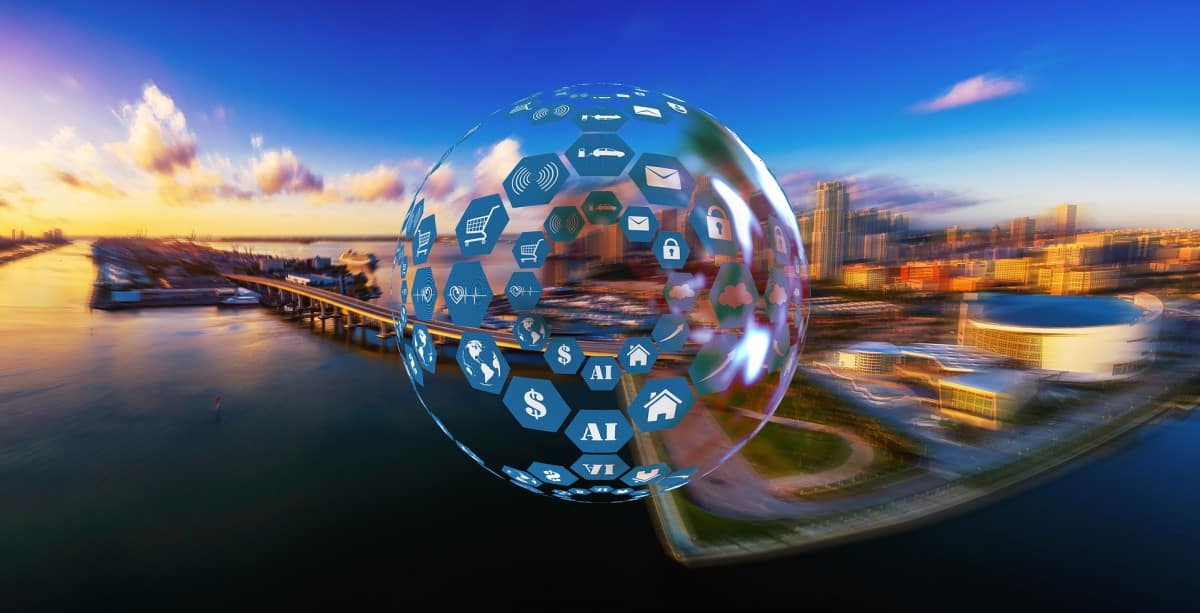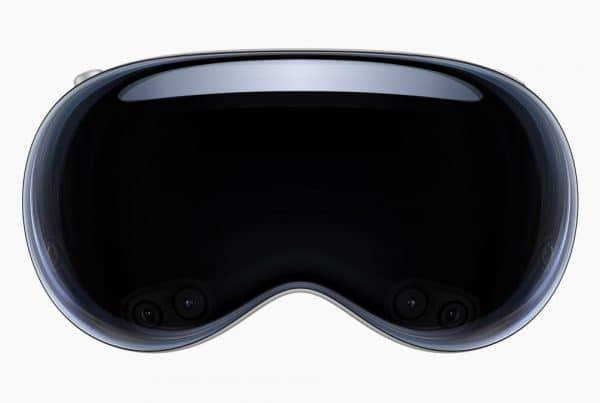The Internet of Things (IoT) has emerged rapidly over the past few years. The smart gadget industry, despite being relatively new, is omnipresent in the business and consumer worlds, and it shows no signs of slowing down.
In 2022, the Internet of Things will continue to grow but will fluctuate and adapt. This is a list of four trends that will have an impact this year.
Internet of Medical Things Continues to Expand
The COVID-19 pandemic has accelerated the adoption of the Internet of Medical Things (IoMT) with its increased demand for hands-free health solutions. In 2021, 64% of American households used these services, and 43% intended to continue doing so after the epidemic was over. Based on these indicators, IoMT will continue to grow in 2022.
As at-home care becomes more prevalent, wearable health monitoring, for example, will also become more common. Hospitals will use IoT connections to track resources and schedule remote appointments. Despite the end of the epidemic, these patterns will continue to increase as a way of making healthcare more accessible.
IIoT growth is fueled by 5G
Industrial IoT (IIoT) is one of the most promising applications of these technologies. Current 3G/4G networks are limited in capacity and have excessive latency, which hinders their deployment. That will change with 5G in 2022.
Current networks are overloaded with 48 billion devices connected to the internet. Industrial facilities will be able to extend the IIoT to more locations with 5G’s higher speed, reduced latency, and larger capacity. Manufacturing facilities might become unified, interconnected entities.
Supply chains become more resilient thanks to IoT
Between 2020 and 2021, supply chain interruptions affected businesses. The IoT will therefore become a crucial element in the logistics operations of more businesses. The ability to track remotely provides businesses with the transparency they need to detect and respond to disturbances early on.
These devices may also gather data that can be fed into sophisticated algorithms, which then provide actionable insights. While these improvements will strengthen supply chains, they are impossible to achieve without greater use of IoT. Therefore, supply chain IoT might be on the rise.
Wearable Technology Takes Off
In the years to come, wearables will keep dominating the consumer IoT market. At the moment, wearables are predominantly smartwatches and wristbands, but this will change in the future. Smart rings, smart glasses, connected fabrics, and IoT identification tags are already on the market and will continue growing in popularity.
There has been a quadrupling of connected wearables between 2016 and 2019, which will accelerate as more diversified offerings come to market. As a result of wearable technologies, accessibility will be improved for persons with disabilities, augmented reality apps will be more prevalent, and workplace injuries will be reduced in companies by 2022, among other positive outcomes.









